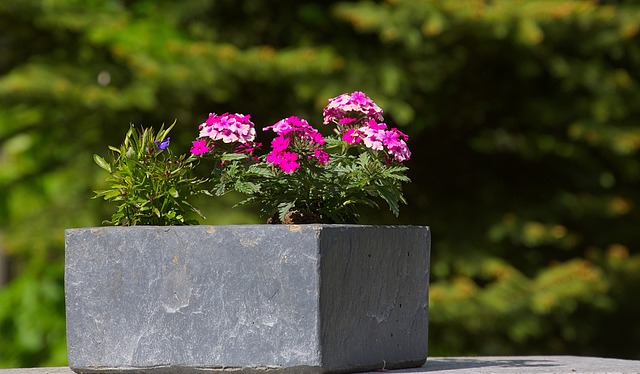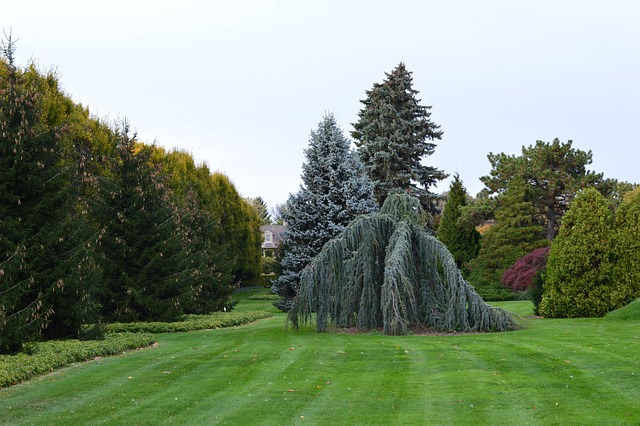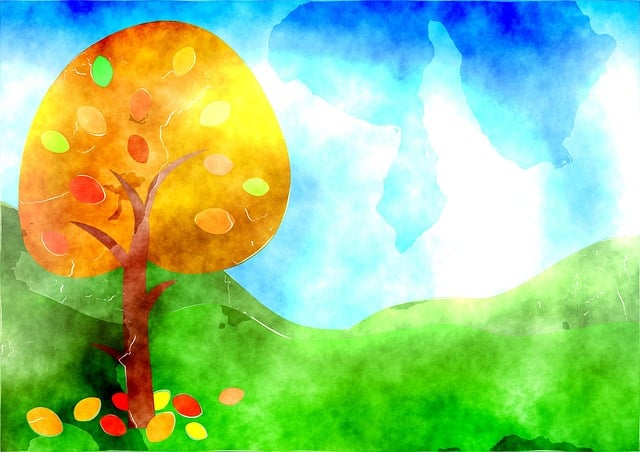I have always been captivated by the beauty and tranquility that a well-kept garden can provide, as an avid gardener. Using box planters is one of the best strategies to have a flourishing garden. These adaptable pots offer a useful way to grow a range of plants, flowers, and herbs in addition to lending a touch of elegance to any outdoor area.
Because box planters come in a variety of sizes and shapes, you may arrange your garden to fit your needs and the area that you have available. Box planters can make any space into a lush haven, whether you have a large garden or a tiny balcony. In this article, I will guide you through the benefits of using box planters, the different types available, selecting the right location, choosing the right soil and plants, essential tips for successful gardening, maintenance and care, creative ways to decorate and personalize your planters, as well as troubleshooting common issues.
Benefits of Using Box Planters for Gardening
There are many advantages to growing using box planters. First of all, they offer superior drainage, avoiding root rot and waterlogging—common issues with conventional garden beds. Box planters’ raised design lets extra water run off easily, giving your plants just the optimum amount of moisture. Box planters also serve as a barrier, keeping weeds out of your garden and out of your plants’ way when it comes to nutrients.
The portability of box planters is an additional benefit. Box planters are mobile, as opposed to conventional garden beds that are anchored to the ground. Because of its adaptability, you can experiment with different settings to make sure your plants get the most possible sunshine and shelter from inclement weather. Box planters are simply rearranged to fit your needs, whether you want to create a sunny herb garden on your patio or a vibrant flower display on your balcony.
Types of Box Planters Available
There are several of alternatives available when it comes to box planters. Box planters are most commonly made of plastic, metal, and wood. Selecting the material that best fits your gardening needs and tastes is crucial because each one has pros and downsides of its own.
Planters made of wooden boxes are a popular option because of their natural beauty and robustness. They give your yard a rustic appeal while blending perfectly with any outdoor setting. To guarantee the longevity of your planters, it’s crucial to choose a wood species that is resistant to rot and decay, such redwood or cedar.
Conversely, plastic box planters are inexpensive and lightweight. You can add a splash of brilliant color to your garden with them because they come in a variety of colors and styles. In addition to being low care and resistant to decay, plastic pots are a practical choice for time-pressed gardeners.
Metal box planters give your yard a sleek, contemporary appearance. Examples of these planters are made of wrought iron or galvanized steel. They can tolerate harsh weather conditions and are quite robust. It’s crucial to remember that metal planters can heat up quickly in direct sunshine, which could have an impact on your plants’ health and the temperature of the soil.
Selecting the Right Location for Your Box Planter Garden
The success of your plants depends on where you choose to put your box planter garden. Selecting a location that receives enough sunshine is crucial because most plants need at least six hours of direct sunlight per day. Find out which parts of your outdoor space receive the most shadow and sunlight by keeping an eye on it throughout the day. This will assist you in selecting the location for your box planters.
It’s crucial to take into account environmental elements like wind exposure and closeness to structures or trees in addition to sunlight. To protect your garden from strong gusts that can harm sensitive plants and dry up the soil, find a sheltered area or use windbreakers. Box planters should not be placed too close to trees or buildings as they can obstruct sunlight and create shadows.
Don’t worry if your outdoor area is restricted! You can put box planters on windowsills, patios, and balconies. Just make sure the spot you select has adequate sunlight and is convenient for upkeep and watering. Any tiny space may become a vibrant garden with a little imagination.
Choosing the Right Soil and Plants for Your Box Planter Garden
For a box planter garden, choosing the right soil and plants is crucial to their growth and health. The plants you aim to cultivate and the drainage needs of your box planters will determine the kind of soil you choose. For most plants, the best soil mixture is one that drains freely while holding moisture. To increase drainage, mix equal parts garden soil, compost, and perlite or vermiculite to make your own soil mix.
When choosing plants, take into account your garden’s unique environmental factors, like temperature, wind exposure, and sunshine. Look into the kind of plants that grow well in your area and select ones that are appropriate for container gardening. Because of their small size and fragrant foliage, box planters are fond of herbs like basil, mint, and rosemary. Petunias, marigolds, and geraniums are examples of flowers that bring pollinators and color to your landscape. For a fresh and wholesome harvest, you may also grow veggies in your box planters, such as tomatoes, lettuce, and peppers.
Essential Tips for Successful Gardening with Box Planters
There are a few key considerations to make sure box planters are successfully used for gardening. First things first: remember to water your plants frequently! Unlike traditional gardens, container gardens have a tendency to dry out more quickly. Every day, check the soil’s moisture content and give it a good watering if it seems dry to the touch. Take care not to overwater since this can cause rot in the roots. Watering deeply (such that the water reaches all the way down to the root zone) is preferable to watering often and lightly.
For your plants to be healthy and productive overall, fertilization is also essential. To provide your plants the vital nutrients they need, use organic compost or a balanced, slow-release fertilizer. Apply the fertilizer in accordance with the directions and adhere to the suggested dosage listed on the container. During the growing season, fertilizing your plants should be done once every two to three weeks.
Deadheading and pruning are crucial chores for keeping your plants looking good and feeling healthy. To promote new growth and ward off disease, regularly remove wasted blossoms and dead or yellowing foliage. In order to ensure that your plants fit comfortably inside your box planters, pruning also helps you regulate the growth and shape of your plants.
Maintaining and Caring for Your Box Planter Garden
The longevity and success of your plants depend on how well you maintain and care for your box planter garden. Examine your plants frequently for indications of pests, such as spider mites or aphids, and take the necessary action to eradicate them. To keep pests away, utilize natural therapies like neem oil or insecticidal soap or organic insecticides. In order to stop pests from spreading and harming your plants, it’s critical to take immediate action.
Another crucial component of caring for your box planter garden is mulching it properly. Cover your plants with a layer of organic mulch, like wood chips or straw, to retain moisture, keep weeds at bay, and control soil temperature. Mulching helps keep nutrients in the soil and gives your garden a polished appearance.
Keep a regular eye on the moisture content of your plants, particularly in hot and dry conditions. Seasonal variations in watering requirements should be taken into account when planning your watering program. Additionally, it’s a good idea to make sure your box planters’ drainage holes are clear because clogged ones can result in waterlogging and root rot.
Creative Ways to Decorate and Personalize Your Box Planters
The flexibility to customize and embellish box planters to showcase your sense of style and creativity is one of the best parts about gardening with them. Your planters can be made to stand out and have a more appealing appearance in a variety of inventive ways.
Think about painting your box planters in eye-catching hues that go well with their surroundings. You can use numerous colors to make a pattern, or you can use just one color. Make sure the paint you choose can resist exposure to moisture and sunshine and is appropriate for outdoor use.
One of the best things about gardening with box planters is the freedom to personalize and enhance them to highlight your sense of design and creativity. There are many creative ways you can make your planters stand out and seem more appealing.
Consider painting your box planters a striking color that complements their surroundings. To create a pattern, you can use multiple colors or just one color. Make sure the paint you select is suitable for outdoor use and can withstand exposure to rain and sunlight. By including decorative elements, you may make your box planters look more appealing. Trellises or lattice panels can be fastened.
Troubleshooting Common Issues in Box Planter Gardening
Although box planter gardening has many benefits, there are drawbacks as well. Thankfully, most problems are simple to fix with a little information and preventative action.
Overwatering is a typical problem in box planter gardening. It’s critical to water your plants correctly and prevent waterlogging, as was previously indicated. Make sure that the extra water can drain out of your box planters and that the drainage holes are enough. If you see that your plants are withering or that the soil is frequently soggy, you might want to change the way you water them or choose a soil mix that drains properly.
A typical problem is a lack of certain nutrients. Box planters feature a little soil volume, thus nutrients might run out more quickly. To restore vital nutrients, fertilize your plants on a regular basis with an organic compost or balanced fertilizer. In case of any yellowing of the foliage or stunted growth, it could indicate a nutritional shortage and more fertilizer is needed.
Box planter gardens can also become infested with pests. Take necessary action after routinely checking your plants for pest indicators, such as chewed leaves or sticky residue. To get rid of bugs, try using natural therapies or organic insecticides. In order to stop pests from spreading and seriously harming your plants, it’s critical to take immediate action.
Enjoying the Fruits of Your Labor in a Thriving Box Planter Garden
In conclusion, using box planters to grow a healthy garden is a fun and fulfilling endeavor. Due to their superior drainage, portability, and ability to keep weeds out, box planters are a great option for any gardener. You may develop a flourishing garden that enhances the beauty and peacefulness of your outdoor space by choosing the ideal site, soil, and plants, as well as by putting fundamental gardening principles into practice.
Keep in mind to water, fertilize, prune, and keep an eye out for pests when taking care of your box planter garden. Use your creativity to customize your planters to match your style by adding ornamental features. Finally, address common gardening problems as soon as possible to maintain the health and vitality of your plants.
So feel free to create your own box planter garden and let nature’s abundance run wild. As you observe the brilliant hues, lovely scents, and delectable harvests that your garden will provide, bask in the rewards of your labor. Cheers to your successful gardening!


